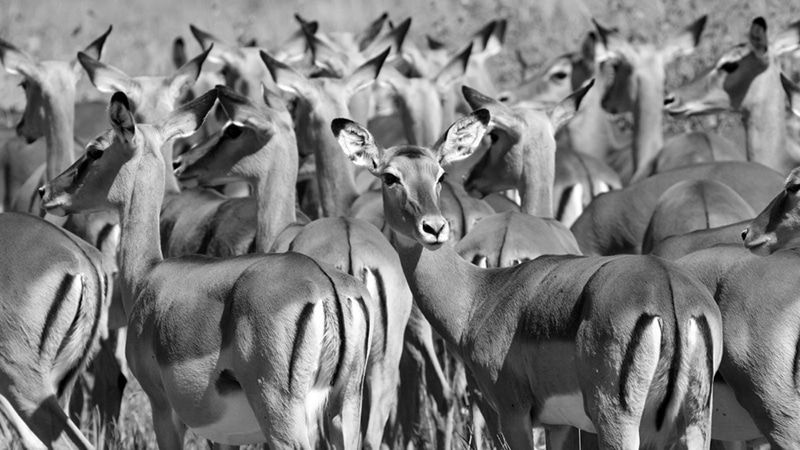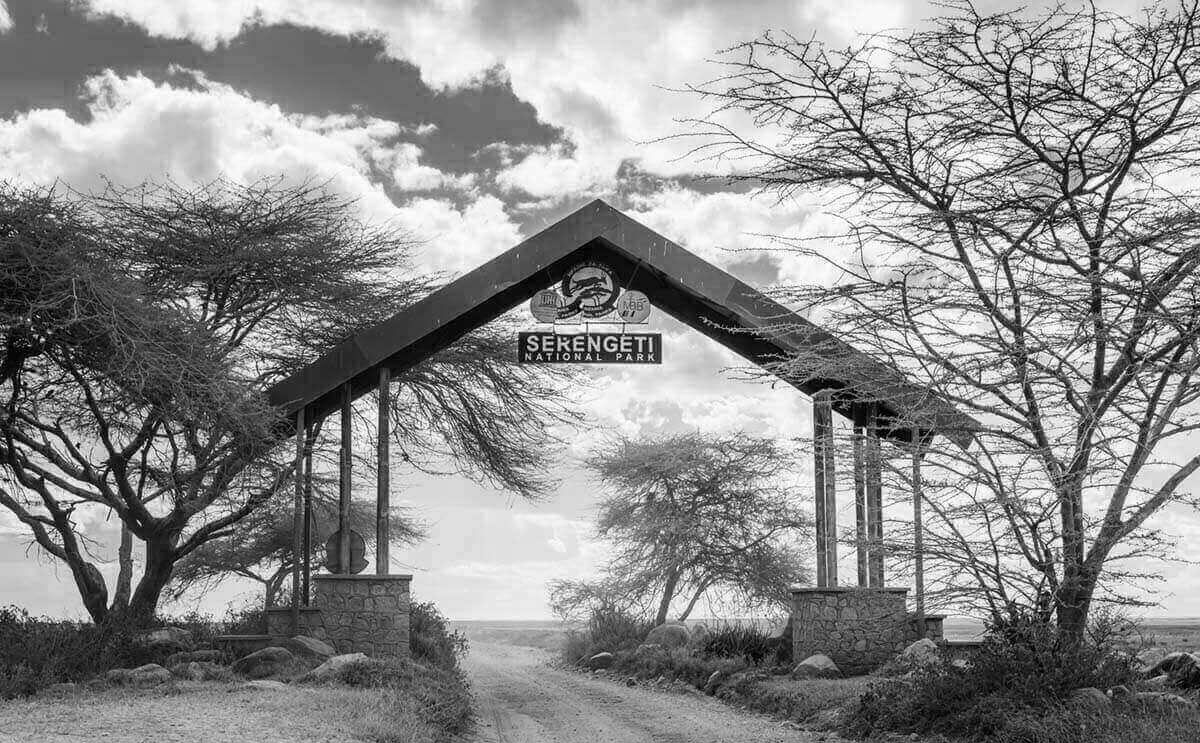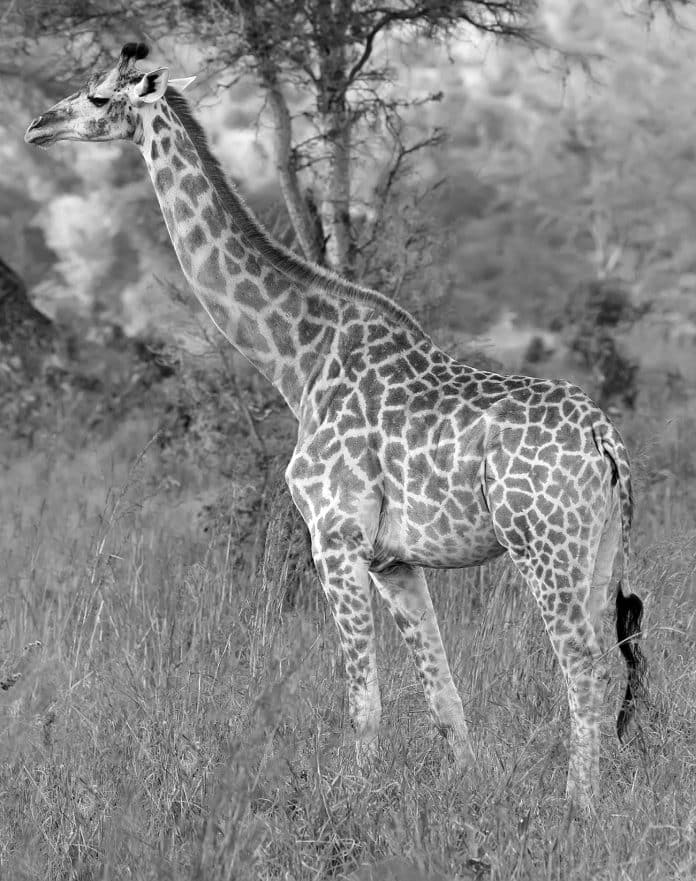Roaming with the Wild: Exploring the Diverse and Fascinating List of Mammals of Tanzania
Tanzania, a land of unparalleled natural beauty, is home to a remarkable diversity of mammal species. From the vast savannahs of the Serengeti to the dense forests of the Mahale Mountains, this East African nation offers a haven for wildlife enthusiasts and nature lovers. Tanzania’s mammal population is not only vast but also varied, with over 430 different species calling this country their home. In this article, we will take you on a journey through the wonderland of Tanzania’s mammals, exploring their importance, the iconic ones, the rare and lesser-known species, the endemics, and the conservation efforts in place to protect them.
Importance of Tanzania’s mammal diversity
Tanzania’s mammal diversity plays a vital role in maintaining the delicate balance of its ecosystems. These animals are not only a source of awe and wonder but also integral to the health of the environment. The presence of large herbivores like elephants and giraffes ensures the dispersal of seeds and the maintenance of vegetation. Predators such as lions and leopards help regulate prey populations, preventing overgrazing and maintaining the harmony of the food chain. Additionally, many mammal species in Tanzania serve as indicators of the overall health of the ecosystem, making them crucial for monitoring environmental changes and implementing conservation strategies.
Overview of the different mammal families found in Tanzania
Tanzania’s mammal population can be classified into several families, each with its unique characteristics and adaptations. The largest family, Bovidae, includes ungulates such as wildebeest, zebras, and antelopes. These animals dominate the grassy plains of the Serengeti, forming the iconic image of the African savannah. The Felidae family is represented by majestic predators like lions and cheetahs, while the Elephantidae family boasts the largest land mammal, the African elephant. Other prominent families include Giraffidae, which includes the elegant giraffes, and Hyaenidae, represented by the cunning hyenas.
Iconic mammals of Tanzania – elephants, lions, and giraffes
When one thinks of Tanzania’s mammal population, certain iconic species immediately come to mind. The African elephant, with its immense size and gentle demeanor, is an emblem of the country’s wildlife. These majestic creatures can be found in various national parks, including the Tarangire National Park and the Ngorongoro Conservation Area. Lions, known as the kings of the savannah, roam freely in the Serengeti and the Ruaha National Park. Their powerful roars and regal presence make them a must-see for any visitor to Tanzania. Giraffes, with their long necks and graceful movements, add a touch of elegance to the landscape. They can be spotted in the Serengeti, as well as the Arusha National Park.
Rare and lesser-known mammals of Tanzania

While Tanzania’s iconic mammals steal the limelight, the country is also home to several rare and lesser-known species that are equally fascinating. One such species is the Ader’s duiker, a small antelope with unique, twisted horns. It is found in the Eastern Arc Mountains and is known for its elusive nature. The African wild dog, also known as the painted dog, is another rare mammal that can be spotted in Tanzania. With its striking coat pattern and strong social bonds, this endangered species is a true gem of the wilderness. Other lesser-known mammals include the banded mongoose, the bushbaby, and the pangolin, each offering a glimpse into the hidden treasures of Tanzania’s wildlife.
Endemic mammal species in Tanzania
Tanzania is blessed with several endemic mammal species, found nowhere else in the world. One such species is the Udzungwa red colobus monkey, which inhabits the forests of the Udzungwa Mountains. With its vibrant red fur and acrobatic abilities, this monkey is a sight to behold. The Kipunji, also known as the Highland Mangabey, is another endemic primate species found in the Southern Highlands of Tanzania. Its distinctive call and unique appearance make it a prized find for researchers and nature enthusiasts. Tanzania’s endemics also include the Pemba flying fox, the Rondo dwarf galago, and the Tanzanian shrew, each contributing to the country’s rich mammal diversity.
Conservation efforts for Tanzania’s mammal population
Recognizing the importance of preserving its unique wildlife, Tanzania has implemented various conservation efforts to protect its mammal population. The government, in collaboration with national parks and conservation organizations, has established protected areas that serve as sanctuaries for endangered species. Anti-poaching patrols have been increased to combat illegal hunting and the illegal wildlife trade. Additionally, community-based conservation initiatives have been established to involve local communities in the protection and sustainable management of natural resources. These efforts aim to ensure the long-term survival of Tanzania’s mammals and promote the coexistence of humans and wildlife.
Best national parks and reserves for mammal watching in Tanzania

For wildlife enthusiasts, Tanzania offers a plethora of national parks and reserves where one can indulge in mammal watching. The Serengeti National Park, with its iconic wildebeest migration and abundant lion prides, is a must-visit destination. The Ngorongoro Conservation Area, home to the famous Ngorongoro Crater, provides a unique opportunity to witness a wide range of mammal species in a confined space. Tarangire National Park, known for its large elephant herds and baobab trees, is another hotspot for mammal enthusiasts. Other notable parks and reserves include Selous Game Reserve, Ruaha National Park, and Katavi National Park, each offering a unique wildlife experience.
Wildlife photography tips for capturing Tanzania’s mammals
Capturing the beauty of Tanzania’s mammals through photography can be a rewarding experience. To ensure stunning wildlife photographs, consider the following tips:
- Patience: Wildlife photography requires time and patience. Spend ample time observing the behavior of the mammals to anticipate their movements and capture unique moments.
- Composition: Pay attention to the composition of your photographs. Use the rule of thirds, leading lines, and natural framing to create visually appealing images.
- Lighting: Utilize natural lighting to your advantage. Early mornings and late afternoons provide soft, warm light that enhances the colors and textures of the mammals.
- Fast Shutter Speed: Mammals can be fast-moving, so set your camera to a fast shutter speed to freeze their movements and capture sharp images.
- Respect Wildlife: Remember to respect the animals and their habitats. Keep a safe distance, refrain from disturbing their natural behavior, and never endanger yourself or the animals for a photograph.
Conclusion and final thoughts on the rich mammal diversity of Tanzania
Tanzania’s diverse mammal population is a testament to the country’s commitment to conservation and the preservation of its natural heritage. From the iconic elephants and lions to the rare and lesser-known species, each mammal contributes to the tapestry of Tanzania’s wildlife. As visitors, it is our responsibility to appreciate and protect these magnificent creatures, ensuring their survival for generations to come. So, embark on a journey to Tanzania, roam with the wild, and witness the awe-inspiring beauty of its diverse mammal species. The experience will leave an indelible mark on your soul and inspire you to become an advocate for wildlife conservation.
For more articles related to Wildlife in Tanzania (Animals), click here!
































